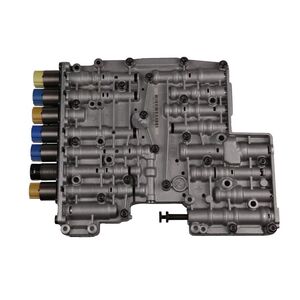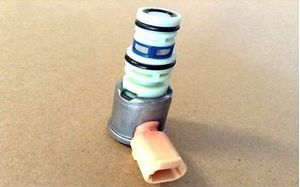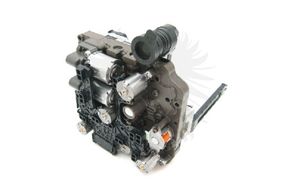RE:BUILDERS blog categories
Technical Valve Body
The Valve Body is an often source of troubles for transmission repair specialists - here our Team work to provide reliable tips and techniques on this complex unit.
Some shops opt to just replace all the solenoids on the valve body. On some models that makes sense as the replacement solenoids are fairly cost effective. For other models, the cost of either OEM or aftermarket replacement solenoids do make it worthwhile to test and only replace the ones that are worn or faulty.
When
we talk about testing, we not only need to understand why we are testing it,
but more importantly, the
how do we test it. The “why” is fairly
straight forward, as we want to determine if it is still functioning properly
and that we can reuse it. The how to
test it might not be as clear, and there are multiple methods of how to test,
and sometimes opinions on how to test that are not always accurate.
In our last article we talked about transmission solenoid frequency and how it relates to the mechanical response of a solenoid when Pulse Width Modulation (PWM) is used to control a solenoid. We discussed some of the theory, but what does this look like with an actual solenoid? How does frequency affect the response of a solenoid and how critical is matching the OEM frequency when driving a solenoid, especially when we start talking about testing and reclaiming solenoids.
Over the years I have heard several different philosophies when it comes to flushing and cleaning transmission solenoids. Most hydraulic solenoid test machines have either flush mode or an external cleaning system for solenoids. It is easy to think of it like you are putting the solenoid in a dishwasher of sorts and
Over the past few decades valve bodies have become the single most complicated part of the transmission. The control has become very complex as we’ve gone from simple 4 speeds to electronically controlled 6, 7 and now even 10 speeds. They have also
Solenoids can become a hot topic of conversation at transmission shops. Some say the best way is to treat them like a soft part and replace them on every rebuild, whereas other say that you can check them and only replace the ones that are faulty or worn out. The first group will say any reuse leaves you open to
Automatic transmissions function with the help of hydraulic pressure to implement the process of gear shifting itself, and utilize valve body solenoids to handle the pressure of the ATF to specify the shifting points. There are many solenoids responsible for different gear shifting operations, and in this article we will have a closer look at downshifting solenoids.
This part 2 is a conclusion to our 2-part insight into the Transmission Control Module / Mechatronics Units testing.
Every automatic transmission specialist has their own method of dealing with Transmission Control Modules and mechatronics units issues. Some rebuild them, some replace them, but most curse this complex part of the gearbox. However, do we all know them well? To begin, let us review on what we know about valve bodies.










